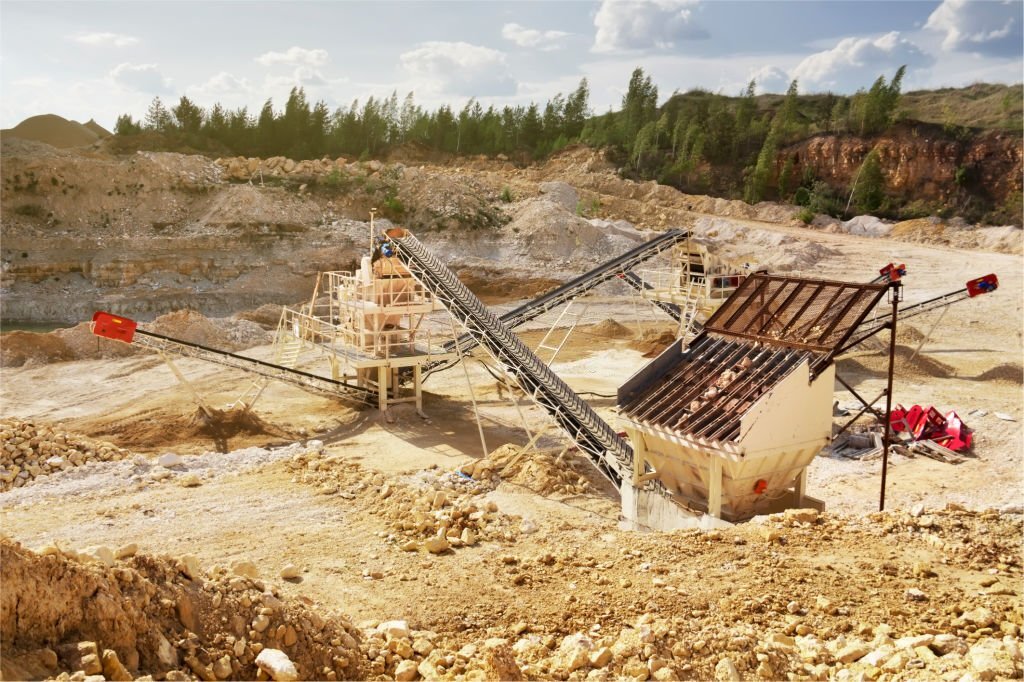
Introduction:
Quarrying operations involve extracting valuable minerals and materials from the earth’s crust to meet the demands of construction, infrastructure, and various industries. The quarrying industry relies on an extensive range of heavy equipment to efficiently and effectively excavate, process, and transport materials. From powerful excavators to robust crushers, each type of heavy equipment plays a crucial role in the quarrying process. In this comprehensive article, we will explore the various types of heavy equipment used in quarrying, shedding light on their functions, benefits, and overall significance in this vital industry.
1. Excavators:
a) Hydraulic Excavators: Versatile and powerful, hydraulic excavators are the workhorses of quarrying operations. They excel in digging, loading, and material handling tasks due to their hydraulic capabilities and various attachments.
2. Loaders:
3. Crushers:
a) Jaw Crushers: Jaw crushers are primary crushers that break down large rocks into smaller pieces, making them easier to handle and process further.
b) Cone Crushers: Cone crushers are used for secondary and tertiary crushing, refining the material for specific applications.
c) Impact Crushers: Impact crushers create cubical-shaped aggregates through high-speed impact forces, making them ideal for producing high-quality end products.
4. Bulldozers: a) Crawler Bulldozers: Crawler bulldozers, with their heavy-duty tracks, are crucial in clearing and leveling quarry sites, as well as pushing materials.
b) Wheel Bulldozers: Wheel bulldozers offer excellent mobility and versatility, making them suitable for various tasks in quarrying operations.
5. Articulated Trucks:
a) Dump Trucks: Articulated dump trucks efficiently transport bulk materials from the quarry face to processing areas or stockpiles.
6. Drills:
a) Rotary Drills: Rotary drills are used to create blast holes for controlled explosives in quarrying operations.
7. Grinders and Screens:
a) Grinders: Grinders crush large rocks and stones into smaller, manageable sizes, enabling further processing and end-product creation.
b) Screens: Screens segregate materials into different sizes, ensuring the production of consistent and marketable products.
8. Water Trucks:
a) Water Trucks: Water trucks dampen the dust and control airborne particles, creating a safer and more sustainable working environment in quarry operations.
9. Conveyor Systems:
a) Conveyor Belts: Conveyor systems transport bulk materials over long distances, streamlining the quarrying process and reducing manual handling.
Conclusion:
The quarrying industry relies on a diverse fleet of heavy equipment to extract, process, and transport valuable materials efficiently and safely. From powerful excavators and loaders for material handling to crushers for breaking down rocks and stones, each type of heavy equipment plays a crucial role in the quarrying process. By understanding the functions, benefits, and overall significance of these equipment types, quarrying operations can maximize productivity, safety, and sustainability. Embracing advancements in heavy machinery and optimizing equipment selection for specific quarrying tasks will continue to shape the industry, enhancing its capabilities and contributions to the construction and various sectors dependent on quality raw materials.

